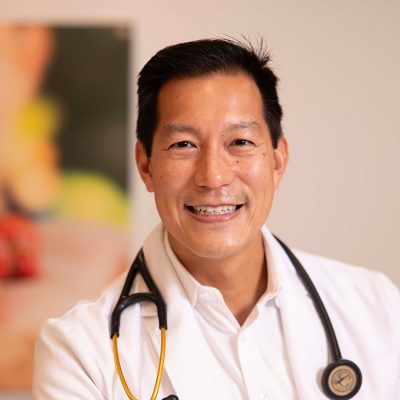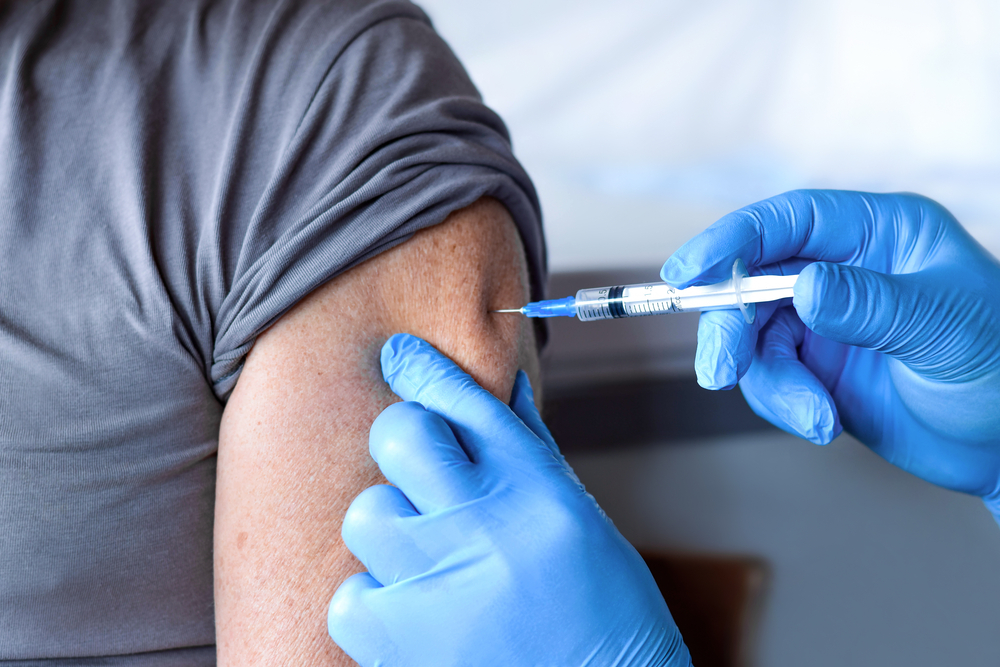Childhood asthma, according to Dr. Andrew Swiderski, a pediatrician at Open Door Family Medical Center in Ossining, can be “a beast.”
This is particularly true among patients living in the underserved communities Open Door cares for, as differences in asthma prevalence, morbidity and mortality are related closely with poverty, urban air quality, indoor allergens and lack of patient education. Studies show that Black children are more than twice as likely to have asthma as White children.
It is estimated that one in 12 children suffer from asthma, a chronic lung condition that causes episodes of coughing, wheezing, chest tightness and shortness of breath. Across the country, asthma results annually in an estimated 439,000 hospitalizations, 1.5 million ER visits, nearly five million doctors’ office visits, and is a leading cause of school absences. Some children start to show signs of asthma before they reach the age of three. Some may outgrow it by adulthood. While there is no cure for asthma, it can be effectively managed.
Interestingly enough, Dr. Swiderski says he barely saw any cases of asthma among his patients during the first year of the pandemic, with fewer children being exposed due to isolation and the wearing of masks. Unfortunately, that’s changed, with many asthma flareups occurring during the spring when patients are affected by seasonal allergies. This includes allergies to grass, and tree and ragweed pollen, in addition to indoor allergens like mold, dust mites, pets and cockroaches. Throughout the year, colds and changes in weather, as well as exercise, can also induce asthma attacks.
Dr. Swiderski calls education and access to care the keys to keeping asthma in children under control. “As with any chronic medical condition,” said Dr. Swiderski, “we underestimate the difficulty in making lifestyle changes and understanding the use of the many asthma medications. Medical providers do not tend to spend enough time educating and empowering both parents and older children. But it is an investment that will result in fewer asthma flareups.”
This means explaining to patients the differences between preventive medications (such as pumps that use medicines like inhaled corticosteroids and Leukotriene modifiers) that need to be used on a daily basis “like a vitamin,” and rescue medications taken at the onset of an asthma attack (like short-acting beta agonists that include Albuterol and oral corticosteroids). “Parents,” said Dr. Swiderski, “should not be “steroid phobic” and overly concerned about the effects of corticosteroids in treating their children’s asthma.”
“Fortunately,” he said, “new medicines have revolutionized the care for children with moderate to severe asthma.” This includes the use of biologic agents, such as monoclonal antibodies, that target inflammatory molecules, or cell receptors. They work by disrupting the pathways that lead to the inflammation that causes asthma symptoms. The drug is given by injection only, which can now be done at home.
Dr. Swiderski provides patients and their families with a written action plan to help them manage their asthma. This features recommendations on making lifestyle, environmental and behavioral changes, as well as detailing proper use of asthma medications for preventing and controlling asthma attacks. This may include:
- Washing hands and changing clothes after being outside
- Taking showers at bedtime
- Closing windows in bedrooms
- Using HEPA filters in rooms
- Pulling up carpets and removing curtains to reduce dust mites
- Controlling cockroaches and other vermin
- Removing pets from bedrooms
- Frequently vacuuming
- Not smoking in the house
- Maintaining good sleeping and nutrition habits to keep defenses up
A spirometry test, using a simple instrument which measures how much air comes in and out of the lungs, he said, will help both in diagnosing the disease and monitoring how well the asthma plan is working.
In addition to regular follow-ups, Open Door provides patients with access to a medical provider call-in system on a 24/7 basis. This means if a child has an asthma attack at night, they can be connected to a physician who will have their medical records at their disposal, can offer advice on the spot, and, if necessary, send in a prescription for pickup at their local pharmacy. According to Dr. Swiderski, this is far better than patients either going to an urgent care center, where they are unlikely to have any patient records, or waiting in ERs. School-based health centers run by Open Door, which are aware of those children with asthma, provide additional support by monitoring them while in the school setting.
“Ideally, asthma would be much less of a problem,” said Dr. Swiderski, “if we could only do a better of job of empowering patients and their families to prevent and monitor for symptoms, teach the use of medications as indicated, and ensure access to help as soon as it is needed.”




